Speaking of the 80m dipole last week: The ropes holding up the 80m and 160m dipoles have sorely needed replacement for quite some time now. Not only having frayed ropes, the 80m dipole has also gotten infected with frayed SWR over the last couple of months. The 160m coax cable has been slowly saying goodbye to all its family and friends throughout the last year, and kept on temporary life support through a couple of quickfixes.
- Dipole antennas during semi-happier times.
One of the main challenges with these dipoles is that they extend over a car road, requiring some planning before maintenance can be done. One of the ends is also tied to a branch high up in a tree, requiring slightly hazardous climbing activity for a full replacement of both ropes and antenna. In addition to fixing the antennas, LB5DH therefore also wanted to do something about the high maintenance costs in order to reduce QRT time during the next required maintenance period.
A gang of antenna fixers agreed to meet at 08.00 on a Saturday morning in order to do something about all these problems before the car traffic would start in earnest.
As mentioned, the dipole antennas are tied in a couple of dauntingly high trees.
Luckily, we have members in ARK that are competent in climbing safely.
- Climbing gear. Photo: LA1WUA
LB7JH Einar took the responsibility of becoming today’s human squirrel.
- LB7JH in a tree. Photo: LB5DH
- Photo: LA1WUA
- Photo: LA1WUA
Instead of tying the (new) rope holding up the 80m dipole to the tree, we tied a pulley to it. A rope goes from the roof of Samfundet to the pulley, and then from the pulley and back to Samfundet. One of the stretches consists the antenna.
This pulley system solves most of the problems. Whenever antenna maintenance is required, we can just pull it towards the roof of Samfundet instead of lowering it and getting in conflict with the car traffic. As a bonus, it’ll hopefully also be far easier to change the rope without having to climb the tree again.
The 160m dipole turned out to be more difficult to cope with as its tree was far less climbing friendly. For now, only a new rope is in place, while the antenna itself will have to wait.
The work took most of the day, and the participants were catered with pizza by our social manager.
Both baluns turned out to endure a painful existence. The 160m coax cable was, for example, hanging off its balun by the internal cables.
- 80m balun. Photo: LA1WUA
- 160m balun. Photo: LA1WUA
The 80m dipole currently misses its balun, but the pulley system should make it easy to install a replacement. The groundwork is also in place for making us QRV on 160m again. ARK has not been that active on 160m, partially due to some QRT periods and untrustworthy coax during the last year, but we weren’t very active even before that. We hope to make more endeavors here, and maybe understand a bit more about its strange propagation properties once we have a new 160m antenna up and running again.
A big thanks to LB5DH, LB7JH, LB4JI, LB4FI, LA1WUA and LA2QUA for putting in a solid amount of work towards making our HF dipole antennas QRV again.
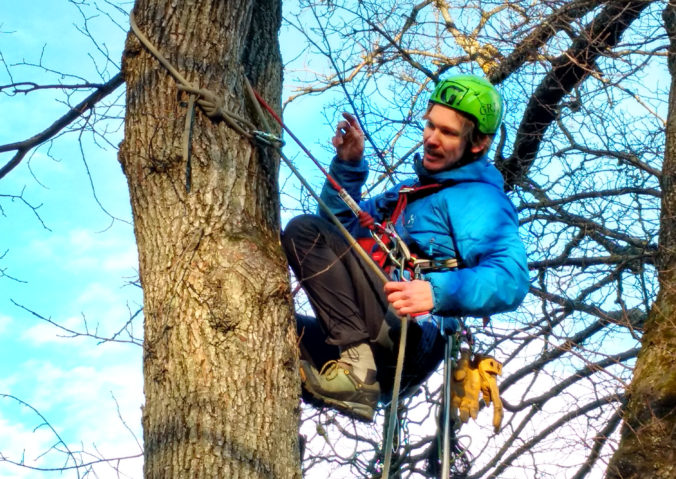
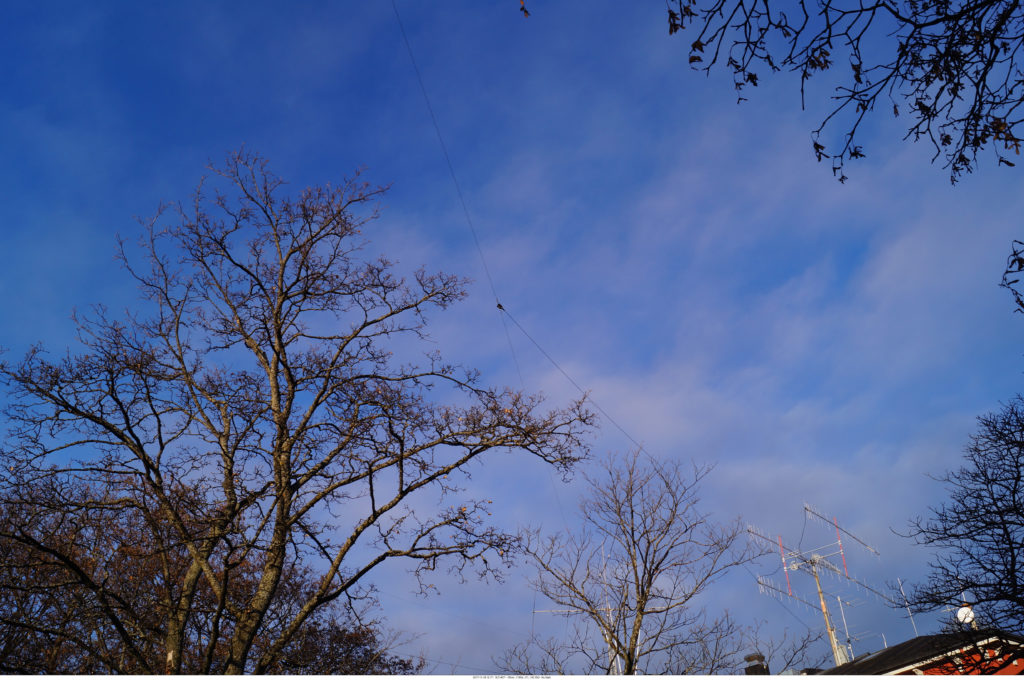
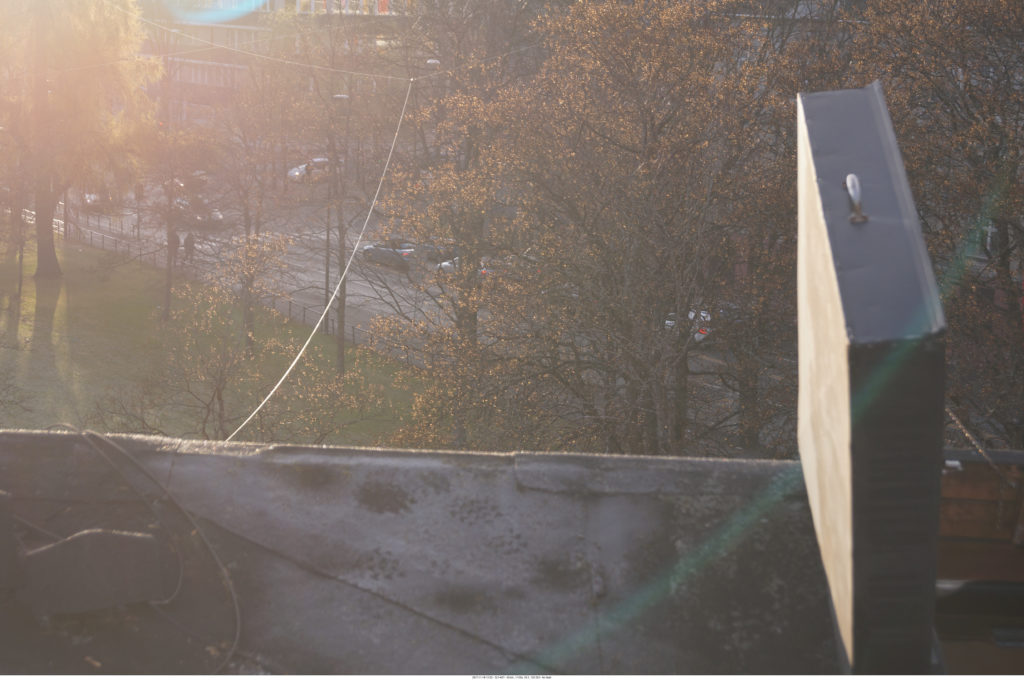
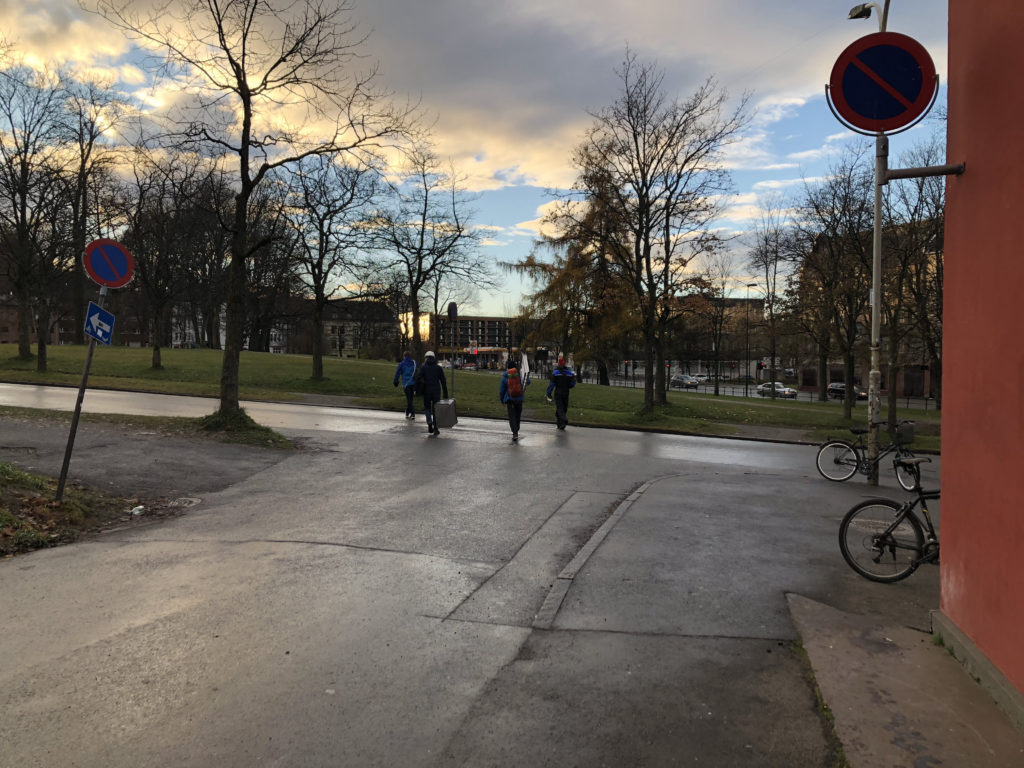
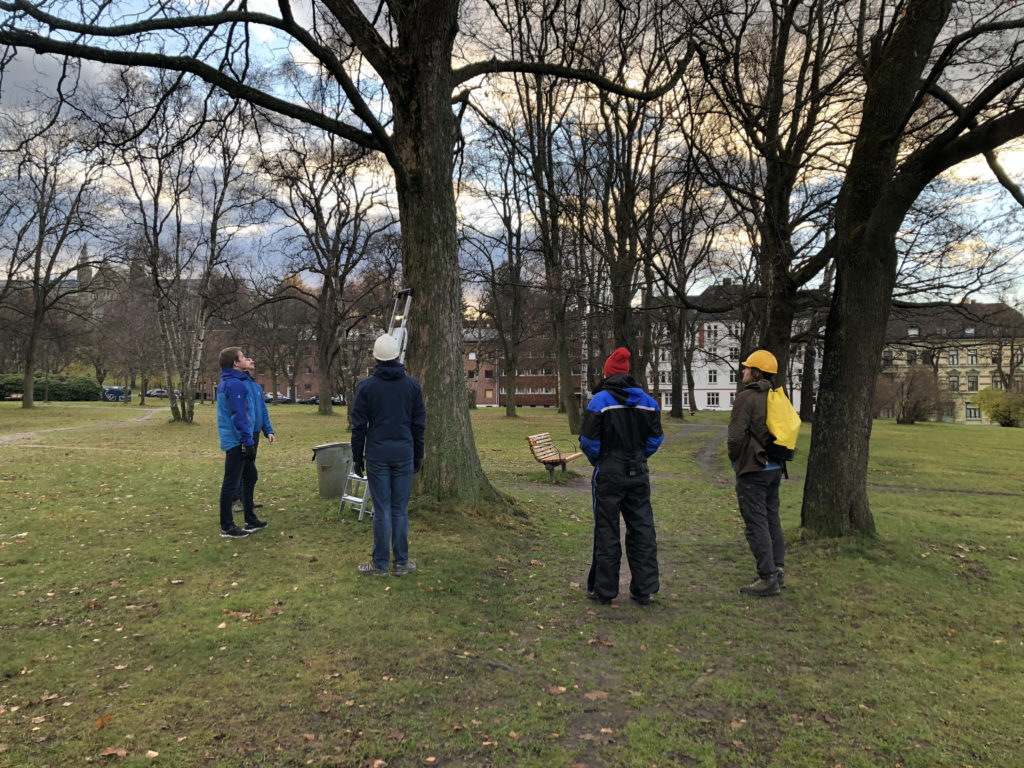
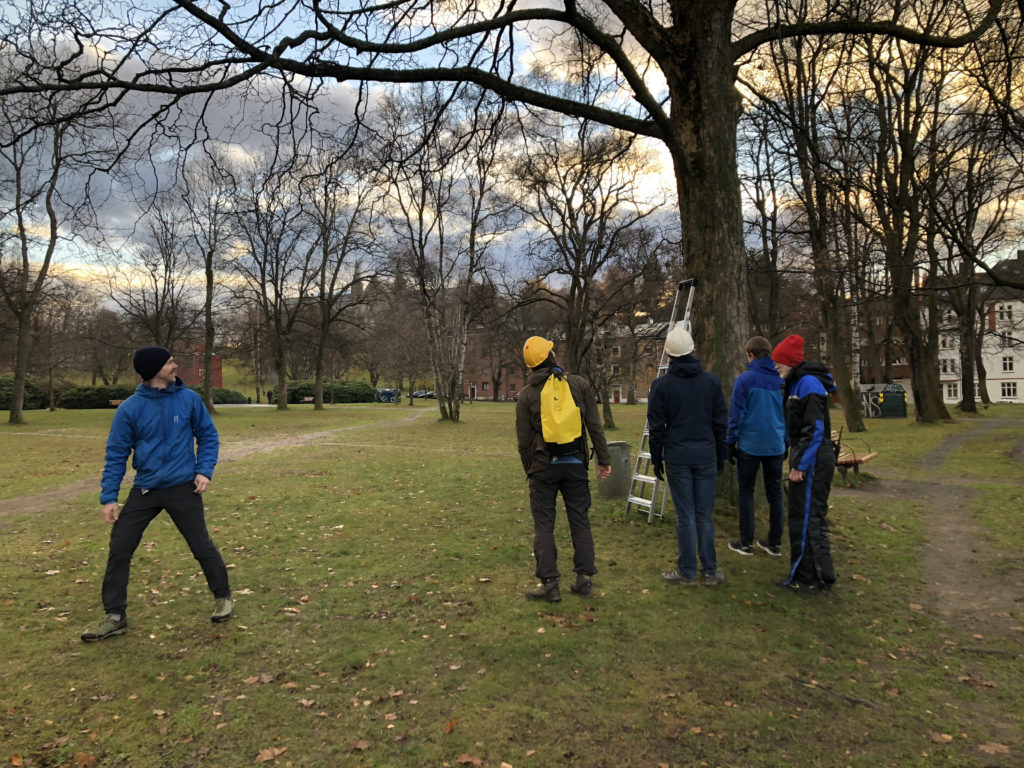
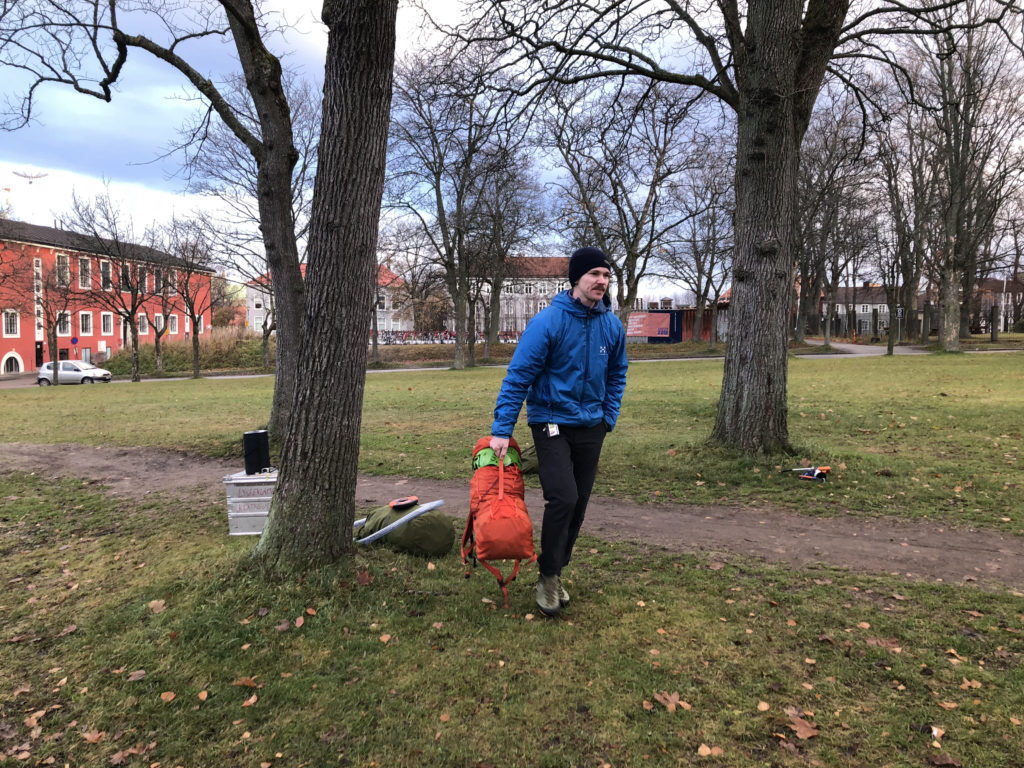
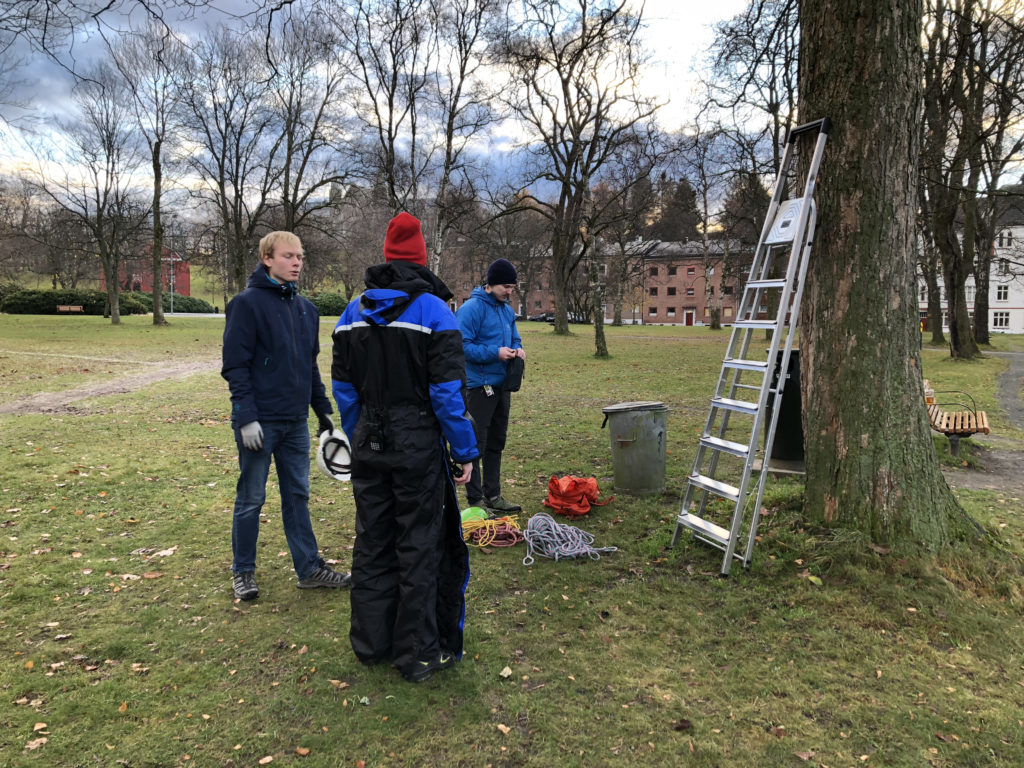
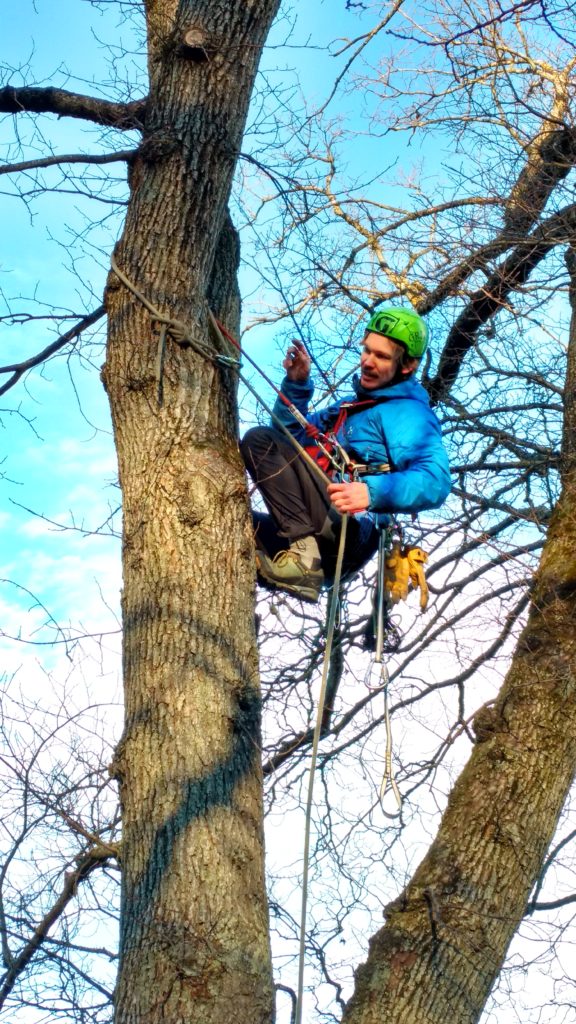
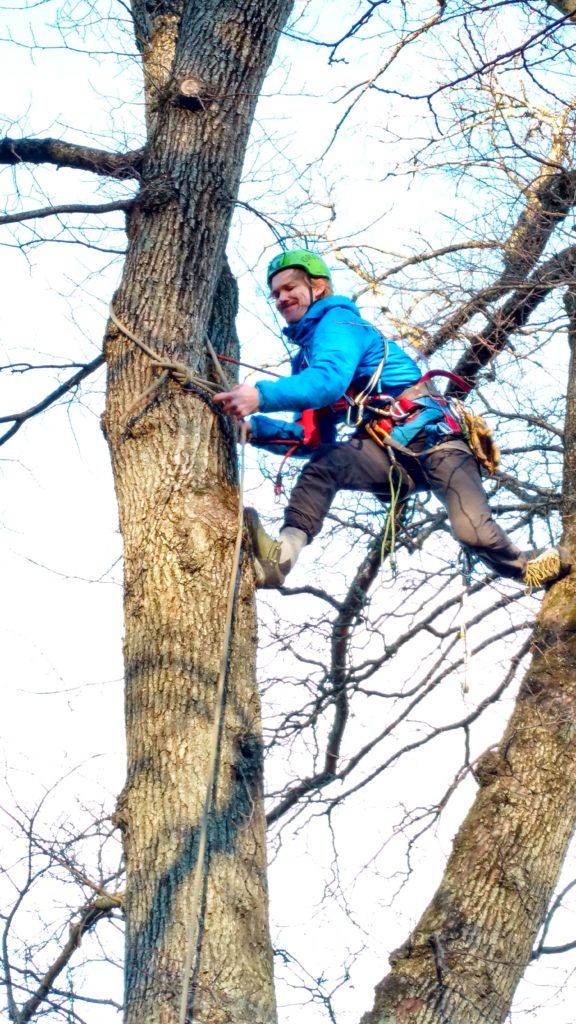
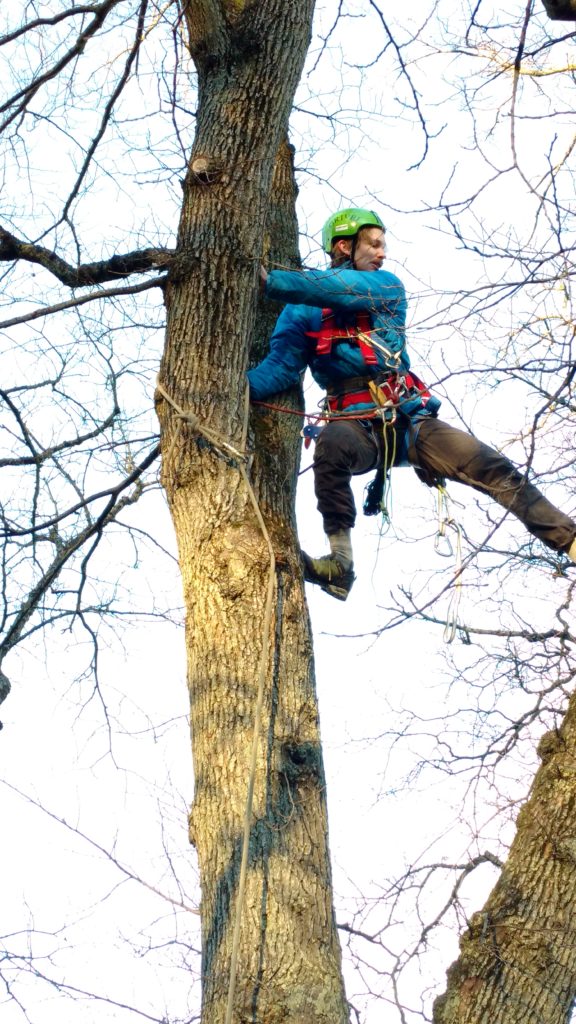
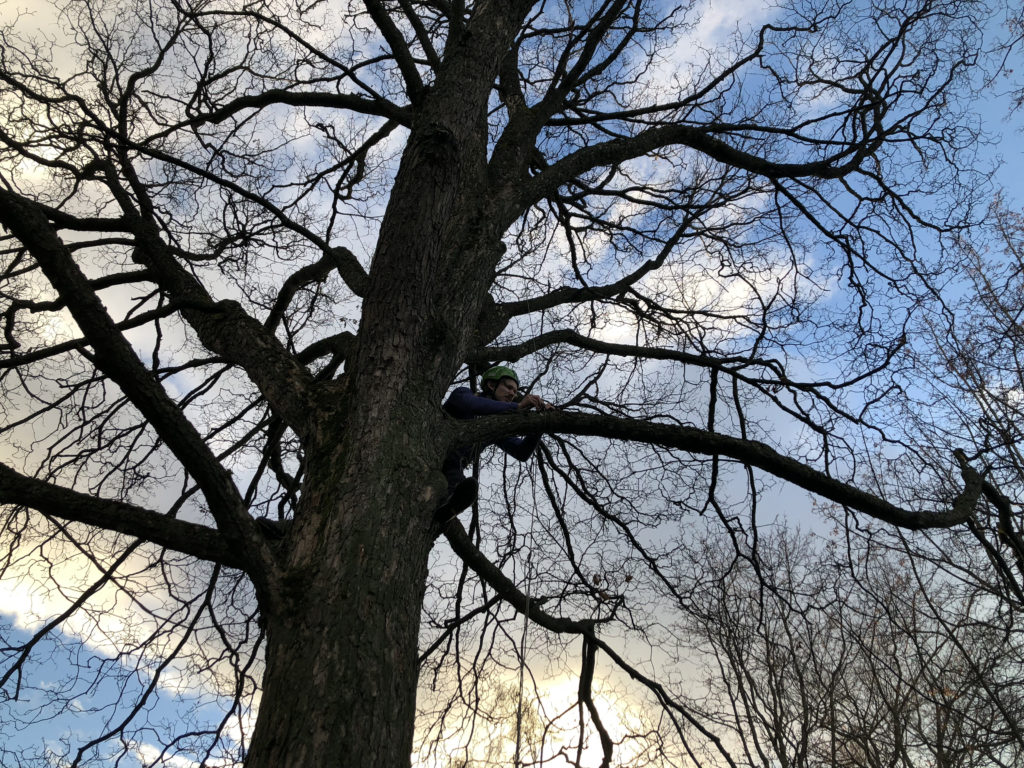
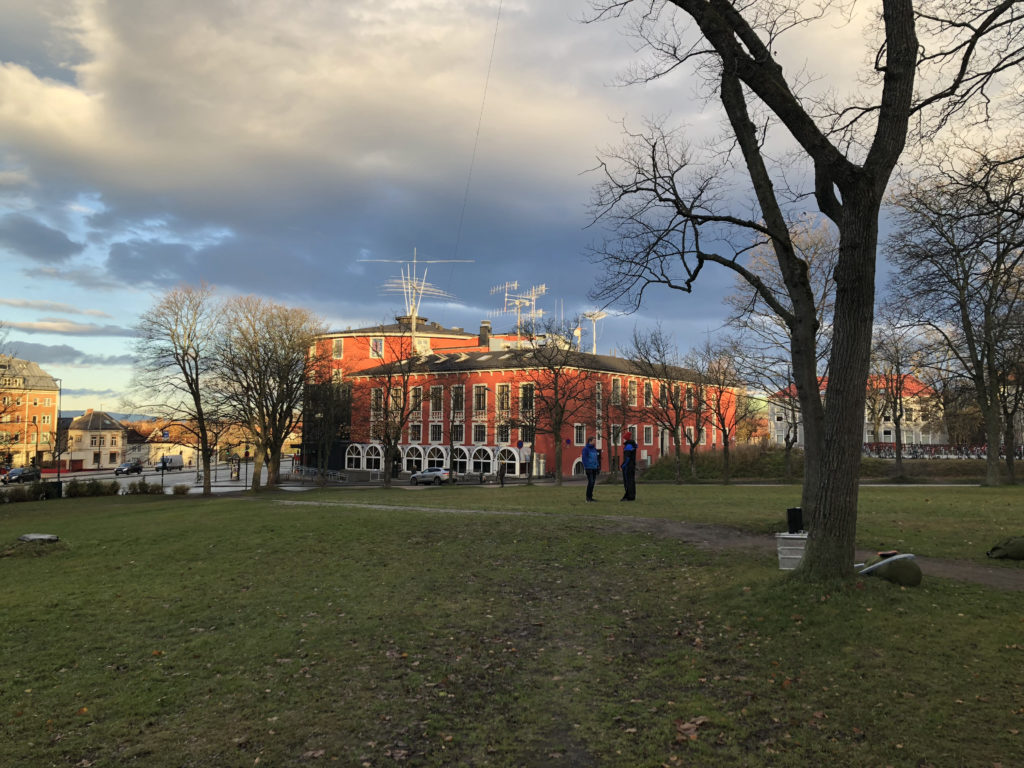

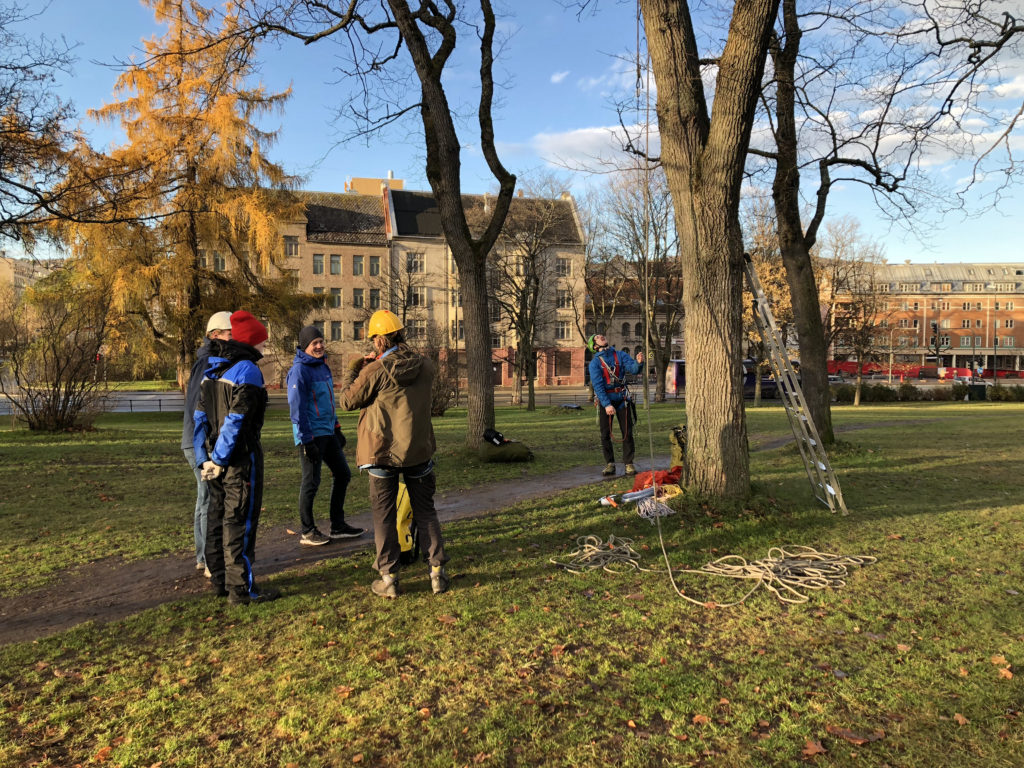
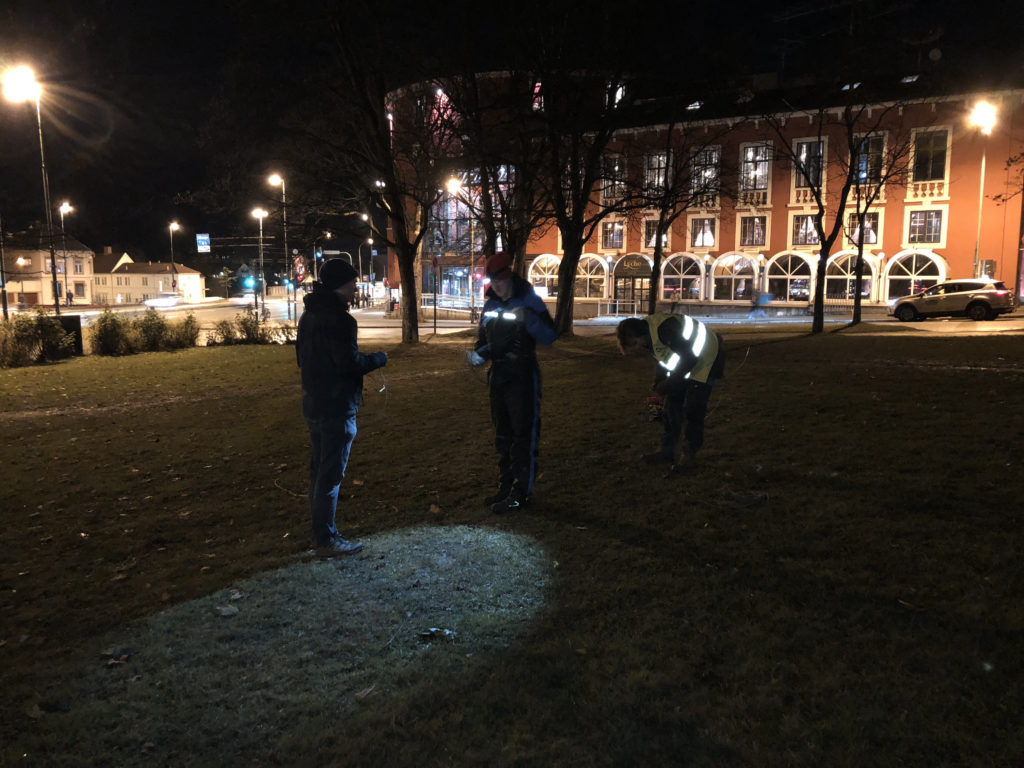
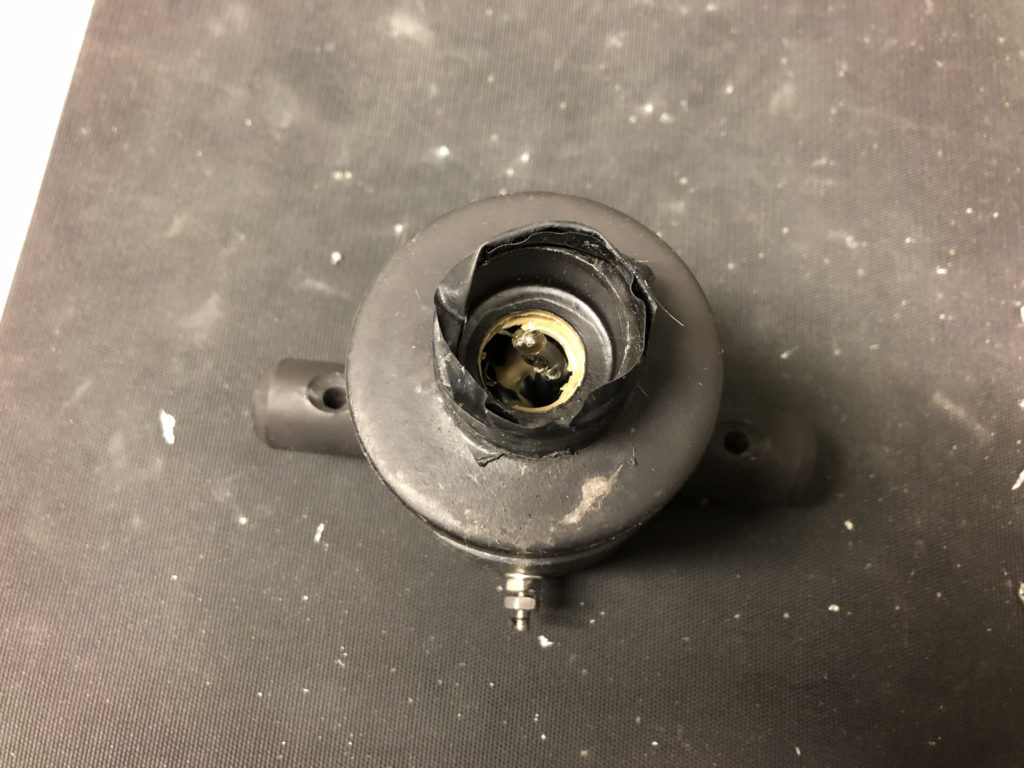
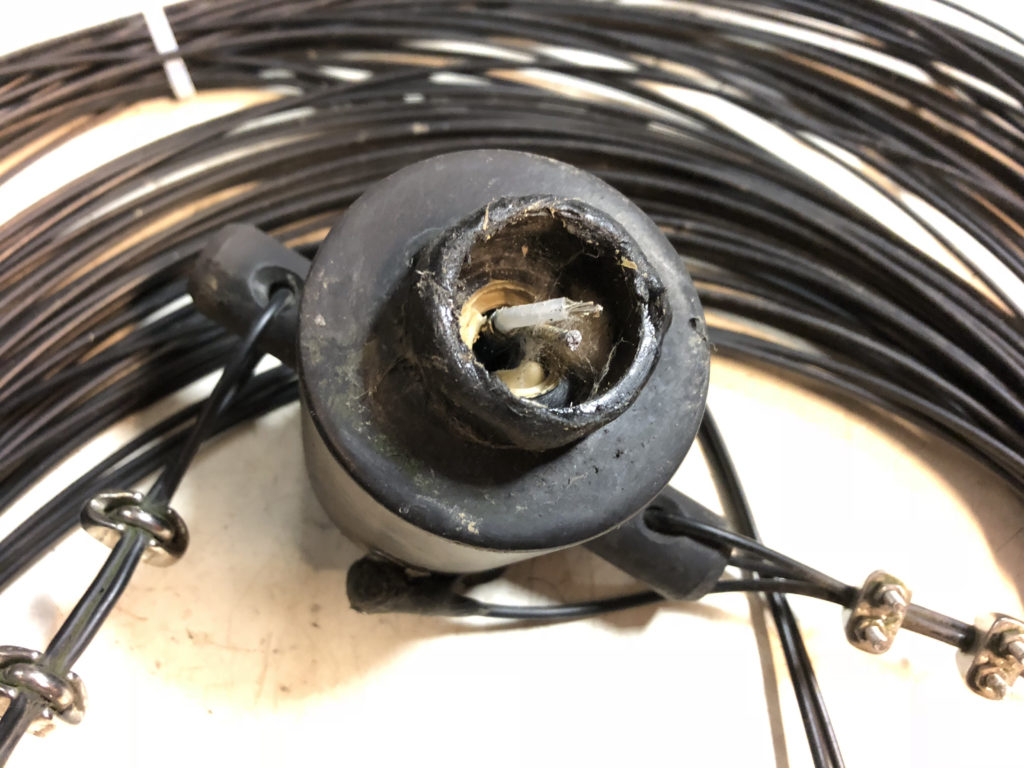

0 Comments
1 Pingback